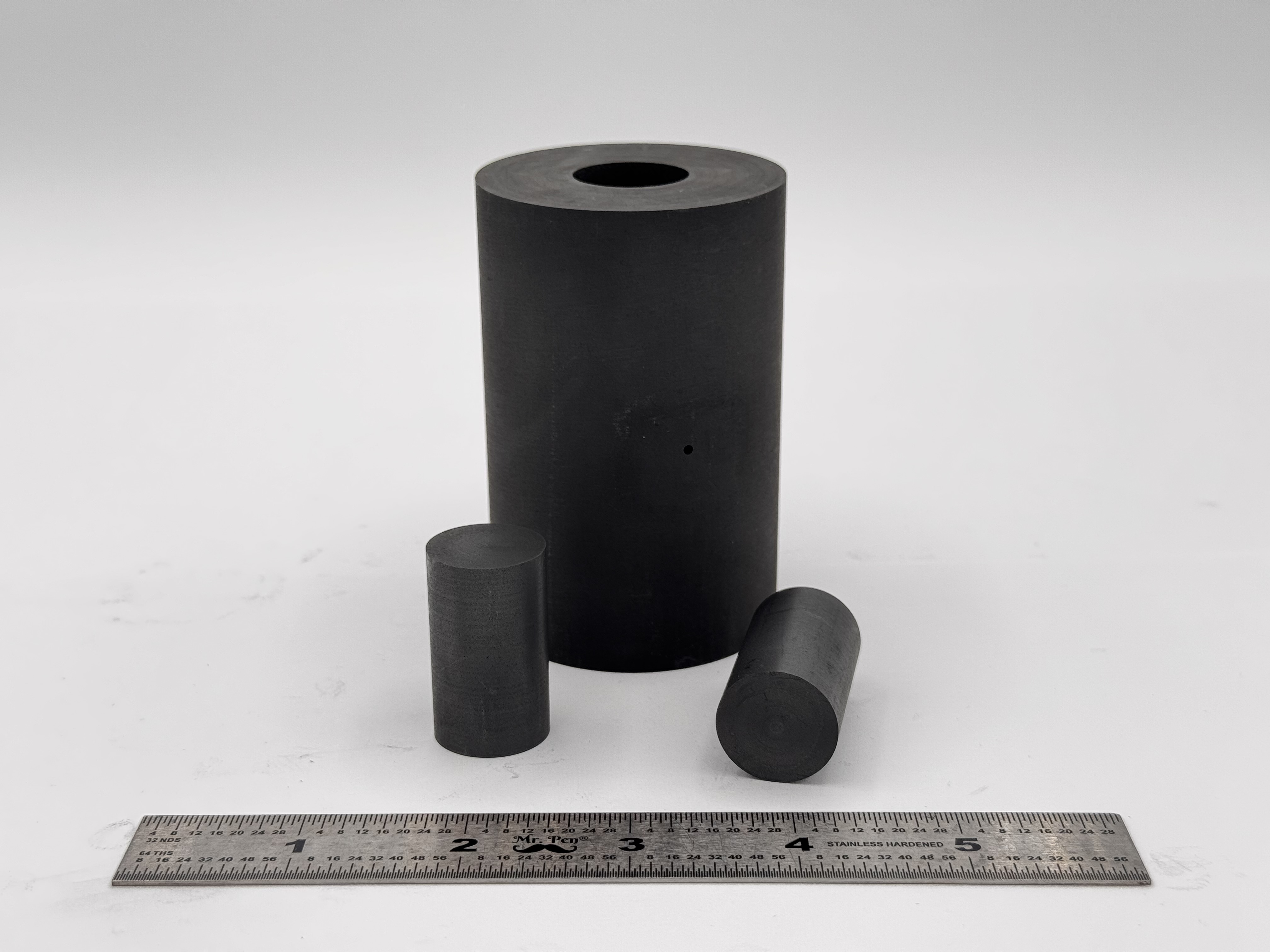High Entropy Alloys - What Are They? How Are They Made with Cryo-milling & Consolidated with Spark Plasma Sintering?
High entropy alloys (HEAs) are a new class of materials that have attracted much attention in recent years due to their unique properties. HEAs are defined as alloys with five or more principal elements in approximately equal atomic percentages. The high number of alloying elements and the large range of atomic sizes result in a disordered crystal structure, which gives rise to the unique properties of HEAs. These properties include high strength, good corrosion resistance, and high wear resistance. The main challenge in fabricating HEAs is to get all the elements to form a homogeneous solution, which is difficult to achieve with traditional methods such as melting and casting.
A Viable Route for Fabricating HEAs With Homogeneous Microstructures
One way to overcome this challenge is by using cryo-milling. This is a process in which the alloying elements are milled together in a cryogenic environment (-196°C). This process allows for a more homogeneous solution to be formed due to the reduced diffusion rates at low temperatures. The cryo-milled powder can then be consolidated using spark plasma sintering (SPS), which is a rapid heating and cooling method that can achieve full densification with little or no grain growth. The combination of cryo-milling and SPS provides a viable route for fabricating HEAs with homogeneous microstructures. This process has the potential to produce alloys with superior properties compared to traditional alloys.
HEAs Are Defined as Alloys with Five or More Principal Elements
High entropy alloys (HEAs) are a truly unique class of materials that have gained attention in recent years due to their unique properties. HEAs are defined as alloys with five or more principal elements in nearly equal atomic percentages. The high number of alloying elements and the large range of atomic sizes result in a disordered crystal structure, which gives rise to the unique properties of HEAs. These properties include excellent strength, strong corrosion resistance, and exceptional wear resistance. The main concern, as mentioned, in fabricating HEAs is to enable all the elements to form a homogeneous solution, which is not easy to manage with traditional methods such as melting and casting. Contact Cal Nano today to learn more.
 High Strength SPS Graphite Tooling
High Strength SPS Graphite Tooling Tungsten Carbide Tooling
Tungsten Carbide Tooling Carbon Graphite Foil / Paper
Carbon Graphite Foil / Paper Carbon Felt and Yarn
Carbon Felt and Yarn Spark Plasma Sintering Systems
Spark Plasma Sintering Systems SPS/FAST Modeling Software
SPS/FAST Modeling Software